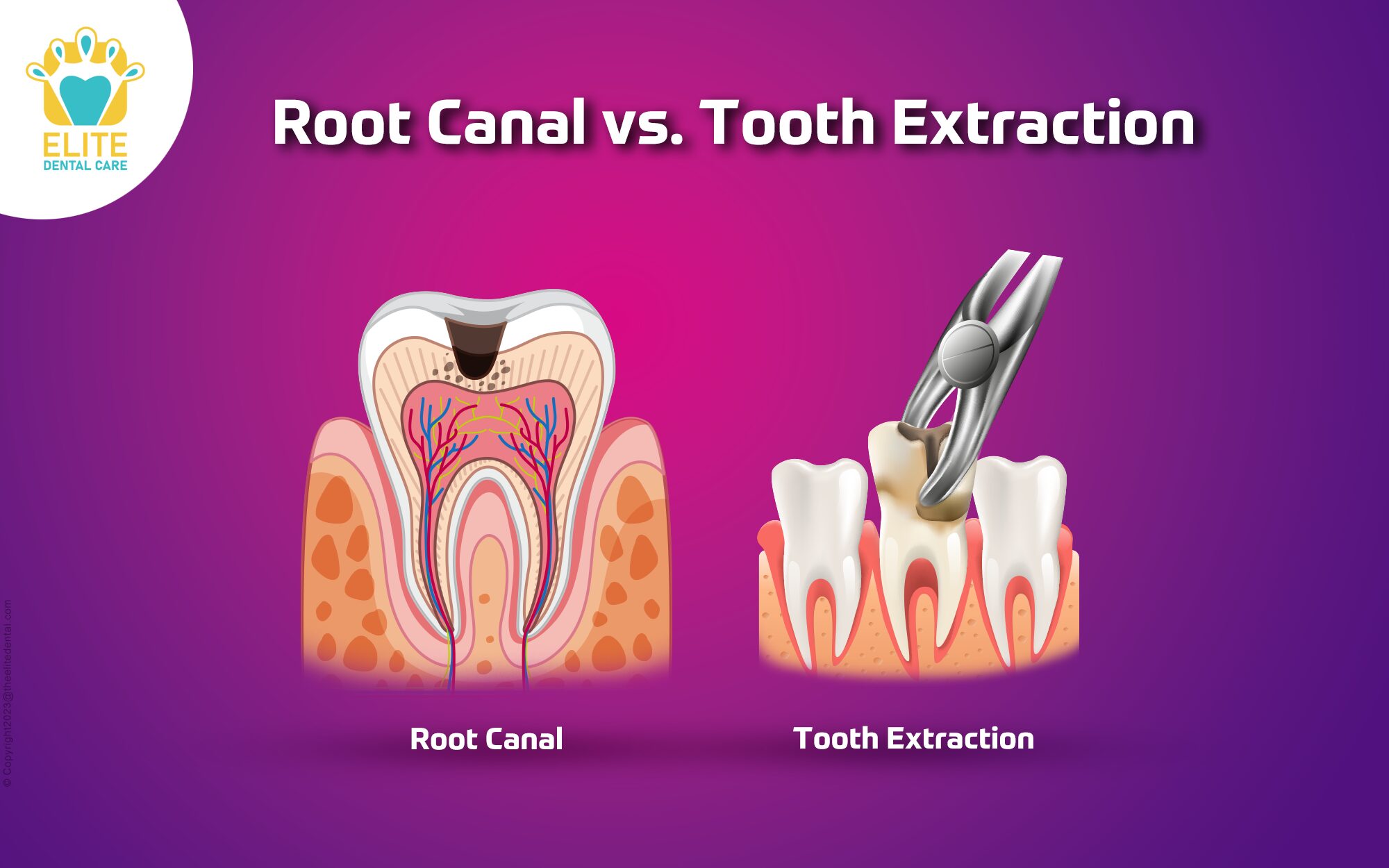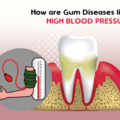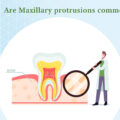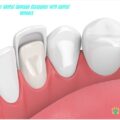
dentaldental caredental healthdentureselitedentalflossinghygiene tipslingual bracesoral healthRoot Canal TreatmentTeeth WhiteningTooth Extraction
edental
6 March 2024
Root Canal vs. Tooth Extraction
Bruised teeth? Extraction eliminates it; root canal preserves it. To choose which option is best for your tooth that is damaged or diseased, learn about both.
Root Canal:
During a root canal:
- The region is numbed,
- Diseased pulp is removed,
- The chambers are cleaned,
- Gutta-percha is filled, and
- A crown is placed to complete the repair.
- Several visits could be required, contingent on the case’s intricacy.
After your treatment, anticipate pain, which might be subtle or intense. Painkillers over-the-counter should be adequate, but if discomfort continues or comes back, see your dentist immediately.
Tooth Extraction:
Before removing the tooth, your dentist will numb the surrounding tissue. After applying some pressure to loosen it with an elevator, they will retrieve it with pliers while maintaining the patient’s comfort.
To stop the flow of blood after tooth extraction, bite onto gauze for up to 45 minutes. Face swelling and mild bleeding should be expected for 24 hours; use cold packs. Start with soft, chilled meals and work your way back to a regular diet as you recover.
Generally speaking, the extraction site may take up to two weeks to recover. During this time, you should clean your teeth carefully to prevent inflammation.
Conclusion:
The best course of action for your tooth will be recommended by your dentist. Inexpensive solutions, such as nearby dental colleges, can assist with root canal expenses, and your dentist can counsel you on the pros and cons of extraction vs root canal therapy for the health of your tooth. Know the importance of dental cleanings to have a healthy tooth.




